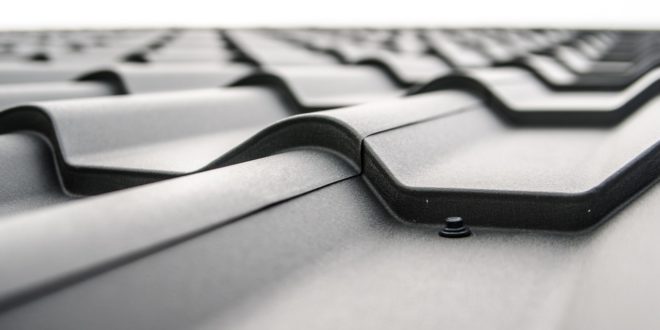Installing solar panels on a residential or commercial scale can be a worthwhile investment. Solar energy is extremely cost-effective and can significantly cut down on your utility bills. What type of roofing is best, though?
Thankfully, solar panels are extremely versatile. No one kind of roof is better than others, as they can be mounted on various types. Metal, asphalt, and tar and gravel are three common types of roofing that work great with panels. Here’s what you need to know about these different materials to determine what’s best for you and your building.
Metal
Metal roofing is a fantastic option, especially for homeowners who are looking for more environmentally friendly material. The overall design makes them ideal for mounting solar panels. The standing seams make attaching the panels extremely simple. They can also be attached without drilling holes into the roof, reducing labor costs and the chance it will need repairs after installation.
Metal is also eco-friendly and durable. Unlike some roofing materials that have a shorter lifespan, a metal roof can last for over 30 years. When it’s time to replace either the roof or the panels, you can be confident both can be recycled.
Asphalt
Asphalt, or composite, is probably the most common roofing type, and panels can easily be installed using brackets and metal plates. It’s popular mostly due to the price, as it tends to be much more affordable than metal or tile options.
Most houses have asphalt roofs, so making them compliant with panels is the main consideration for solar companies. One thing to pay attention to when installing solar panels is how old the roof is and when it will need to be replaced.
Asphalt roofs tend to last for about 20 years. Solar panels, on the other hand, tend to last anywhere from 25 to 30 years. If you have an older roof and are thinking of installing panels, you may want to consider updating it first. In most cases, you can include the expense in your tax credit.
Tar and Gravel
If you are dealing with a commercial roofing situation, you may encounter a flat roof. These types tend to be composed of tar and gravel. Because of the lack of pitch, you will need to install extra brackets to ensure the panels are mounted at the correct angle. The type of mounting depends on whether the roof can handle the additional weight.
Based on these criteria, you will either be able to install a nonpenetrating ballasted rack solution or a mechanically attached racking system.
Because aesthetics are often less of a consideration in industrial settings, there are a few additional customizations you can work with, most of which are inexpensive to install. These include commercial metal retrofitting and thermoplastic polyolefin. Thermoplastic polyolefin is a durable and flexible material that makes edge-to-edge fabrication easier to install.
Choosing a Roof Type
Solar panels can be mounted on almost any roof type. Each of the materials covered here can work well with mounted solar energy if the proper steps are taken. Keep in mind that placing solar panels at a 30-degree angle facing south or southwest is the most efficient way to capture electricity.
If you are considering installing solar panels on your home or commercial space, you will most likely be able to find a way to make it work. One of the best things about solar panels is their versatility. Regardless of roof type, in most situations, there is a mounting solution to install panels optimally and make the most of your investment.



